How to Find Book Cover Ideas that Work
If you’re anything like us, you enjoy scouting out book cover ideas way before you have a manuscript ready. Guilty as charged. Every writer dreams of having a stunning book cover design, and we love creating them.
But if you feel overwhelmed by options, or you don’t know where to start, we got you! Don’t rush into a half-baked book cover idea. Your cover design can decide if someone buys your novel or puts it back on the shelf. A successful cover design is something you and your readers will both love. In this article, we’ll discuss the five steps that you can use to find book cover ideas that work for you. We’ve included options that fit every writer’s budget (even free cover designs!) and plenty of examples too.
Table of contents
1. Start Collecting Your Ideas
Designing is a lot like writing in the sense that sometimes the hardest part is getting started. That’s why the first step is to collect your book cover ideas.
Try to create a visual map or mood board that lays out the essential aspects of design: color, imagery, and typography. This can be a file on your computer full of stock photo images or a dedicated Pinterest board. You can go old school and start a scrapbook if you want.
Your cover might come together overnight, or it might take a little longer. This is especially true if you’re trying to design a cover while you’re still working on your manuscript. Track your progress in a secure location—and have backups! This way, you’ll have a collection of book cover ideas for when you’re ready to get serious about publishing.
2. Phone a Friend
This tip works best if you have a design-savvy buddy. But any patient friend willing to listen to you describe your book is worth keeping around!
Explaining your book out loud can help you decide what design aesthetic you want.
- Do you want to focus on an important symbol or character?
- Is there a location that needs to be a part of your cover design?
You don’t even have to talk to another human. Tell your cat about your dream book cover idea. Talk about your book compared to similar titles. If you’re writing a romance novel, do you want a symbolic cover design like The Jewelled Clasp? Or do you want a hand-drawn cover like The Trouble with Love?
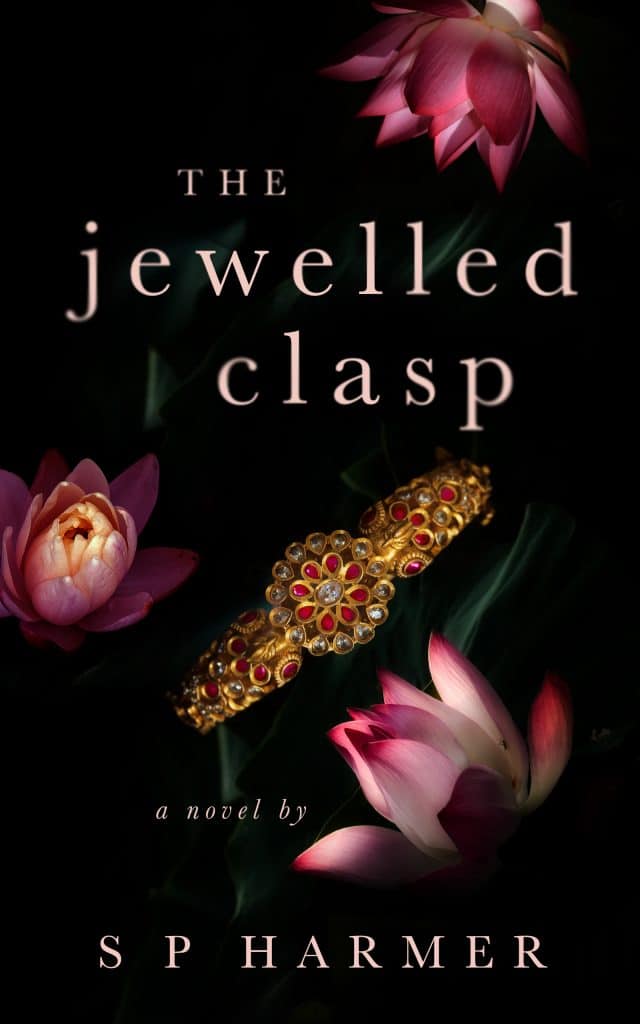

Talk to other writers. Not only will they be sympathetic to your struggles, but they may also have experience designing covers in the same genre as you, or they know designers who could help!
Talk to target readers if you can! Your mom will buy your book just so she can show a copy to the neighbors, but readers want to crawl inside the world you have created and stay there forever. Ask them what catches their attention, or if there are any cover design red flags that make them avoid a book.
Keep in mind, readers and writers are fickle people. Be open to conversation, but don’t let anyone bully you into a cover design that you don’t like.
3. Scan Social Media
Want to find some newsworthy book cover ideas? It could be as simple as getting involved in the bookish community on your social media of choice. Social media is one of the fundamental ways people sell books these days.
- #Booktok on TikToc has over 87 billion views.
- On Instagram, #Bookstagram releases hundreds of new posts each hour.
- Twitter hosts a vibrant community of writers, publishers, and designers called #Writingcommunity. It’s a great way to stay in the loop with current trends—not to mention the pitch parties!
Pay attention to how books in your genre are being designed and marketed. Then save book cover ideas that have the vibes you’re looking for.
4. Go Book Shopping
In case you needed an excuse to visit your favorite bookstore for the third time this week, now you have one. Don’t worry if the entire staff knows who you are. That’ll come in handy when you’re planning your book tour!
Go to big-name bookstores or local indie stores. See what book cover ideas are jumping off the shelves in your genre. You can look in the front/back covers of books for names of designers or their design companies. Then, get your phone out and take pictures of the book cover ideas that inspire you. Or you could always buy more books! Take them home and call it market research.
If you’d rather look for book cover ideas from your kitchen table—or laying in bed, we won’t
judge—look online. The Amazon bestsellers list for your genre is a great place to start. Amazon updates its bestseller lists hourly, so if you don’t like anything you can always check back later.
Pro tip: You can google for book covers that include certain colors or symbols. This can help you “play with” a book cover idea before you commit to it. Ask google images to find book covers in your genre that include the details that are important to you.
For example, I googled, “Blue and gold sci-fi book covers with eyes,” and I got the examples shown below. You can use the same formula, but switch out the details for whatever matches your book cover ideas.
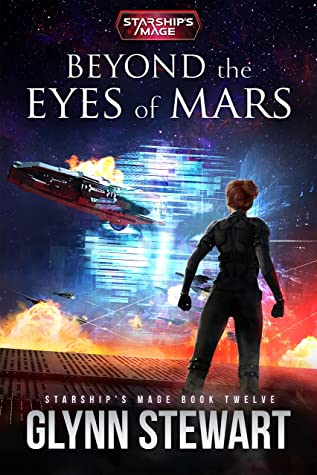
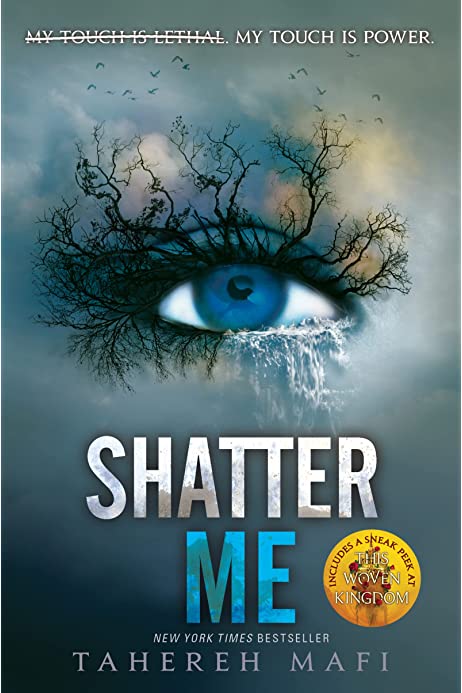
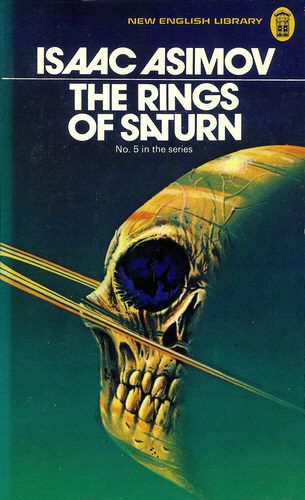
5. Browse Designer Book Cover Ideas
Whether you want to create your own book cover or hire a professional, there are plenty of options. Don’t let the cost of cover designs scare you away from potential options at this stage. Besides, browsing designer sites is a great way to see how your book cover idea could become a reality. Try to focus on designers that have experience with book cover ideas for your genre. A fantasy artist might not know how to market a cookbook cover and vice versa.
If you’re more comfortable experimenting on your own first. There are tons of free resources out there for hands-on writers. Canva has a free cover design program that can create ebook covers with stock photography or your personal images. Derek Murphy of DIYbookcovers also has an online book design creator worth checking out if you’d like to mockup or try your hand at creating some of your ideas.
Pre-made covers are another affordable alternative. You can find pre-made book covers on Etsy for as cheap as $20. Amateur, professional, or AI designers create templates and pre-made covers.
Pro tip: Generally, once a designer sells a pre-made cover to an author, no one else can buy that design. But that’s not always the case. Make sure you read the fine print before you buy a pre-made cover.
If you’d like to consult with a designer and get a custom book cover idea that’s an option too! This is likely going to be the most expensive option. Prices fluctuate based on a variety of factors like designer expertise, the type of book cover, and your publication timeline. Custom book covers fall in the $200 to $900 price range.
If this is your first book, talking to a professional can walk you through the cover design process. This gives you a broader perspective on market and genre expectations. Plus, it’s a nice confidence boost.
Genre Influence: More Book Cover Ideas and Examples
Writing isn’t a competitive sport.
Writing is a testament to the collective human experience. We don’t exist in isolation and neither do our stories. Genre is your corner of the storytelling world. It creates a community of readers and writers that all like the same types of stories. The more you embrace your genre, the less alone you’ll feel as a writer.
This makes cover design tricky though. Book cover ideas need to fit genre expectations without getting lost in a sea of similar titles.
Writers are often afraid that their book cover isn’t unique enough. And that’s a valid fear. After all, you spent months (if not years!) perfecting your novel. Your inner monologue is telling you that your book needs to stand out. But really, your book needs to be discoverable. It needs to reach the target audience without them having to do a whole lot of work to find it.
Every audience recognizes conscious and subconscious elements of design that fit their preferences. Some of these elements are pretty basic. For example; saucy romance novels often have red/black cover art. Others are more complex, like how weaponry can tell readers whether a book is fantasy or science fiction.
Here we’ll break down some of the main genre tropes and expectations with book cover ideas. The genres we are covering include:
- Fantasy
- Sci-Fi
- Romance
- Historical Fiction
- Thrillers/Mysteries
- Horror
- Children’s Fiction
- Contemporary/Literary
- Nonfiction
Fantasy
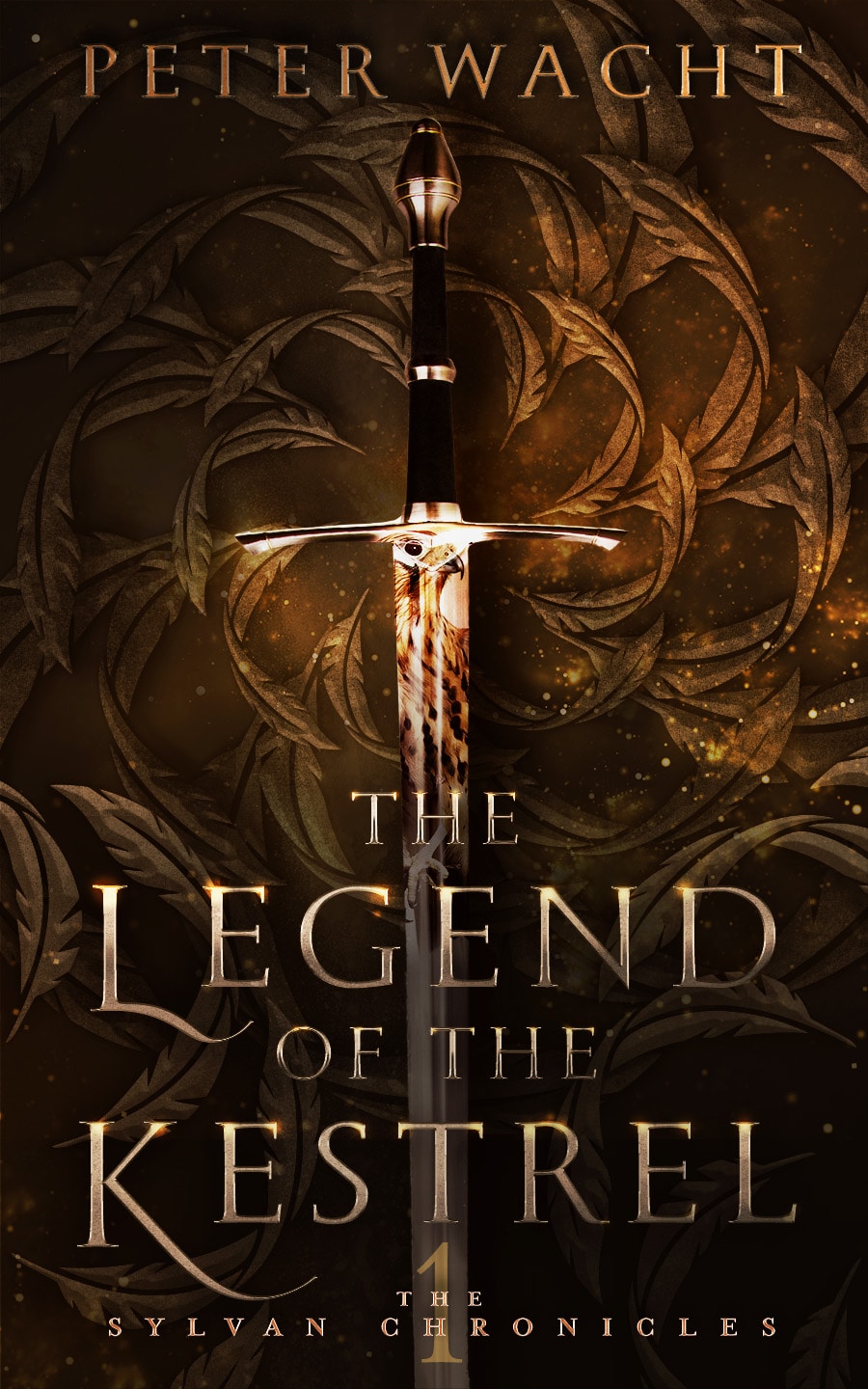
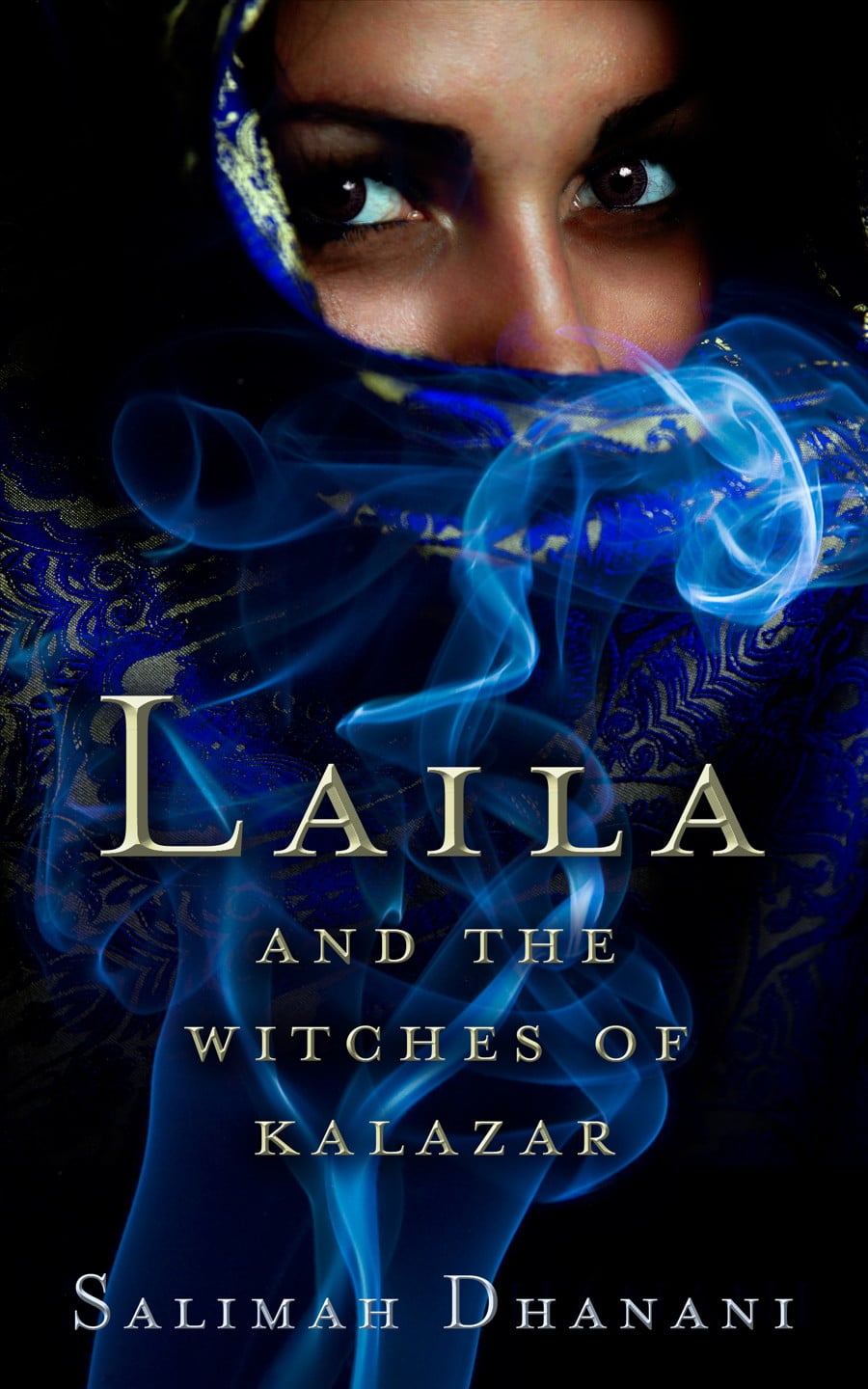

Color Scheme: Fantasy novels can work in a variety of colors. Think about the magic systems that uphold your world and use them as inspiration. Are they based on the elements? Stick with earthy tones like Birdie in Bruges. Are your characters dealing with magic related to their heritage or religion? What colors would be important to them?
Color schemes can also come from the setting. If you based your book on a real-life location, look at what colors are prevalent in the natural landscape.
Font Style: Whimsical, fantastical fonts reign supreme. Imagine the handwriting of the wisest characters in your book. The font style might be bold and commanding. Or it could be soft and lopsided, as if written with a quill. Either way, font style should fit the characters in your book, or your voice as the narrator.
Imagery: Your images should come from the themes in your novel. Weaponry on the front cover can do a lot of heavy lifting, as it tells readers what to expect. Tools or magical items can be helpful too. Just make sure they are easy to identify. Your characters can also represent themselves on the cover! But keep in mind, if your cover design has too much going on it could scare away potential readers.
“25 Amazing Fantasy Book Cover Designs and Why They Work” is our comprehensive guide to fantasy book cover ideas. Feel free to look at more examples and explore how to design for your specific subgenre of fantasy.
Sci-Fi


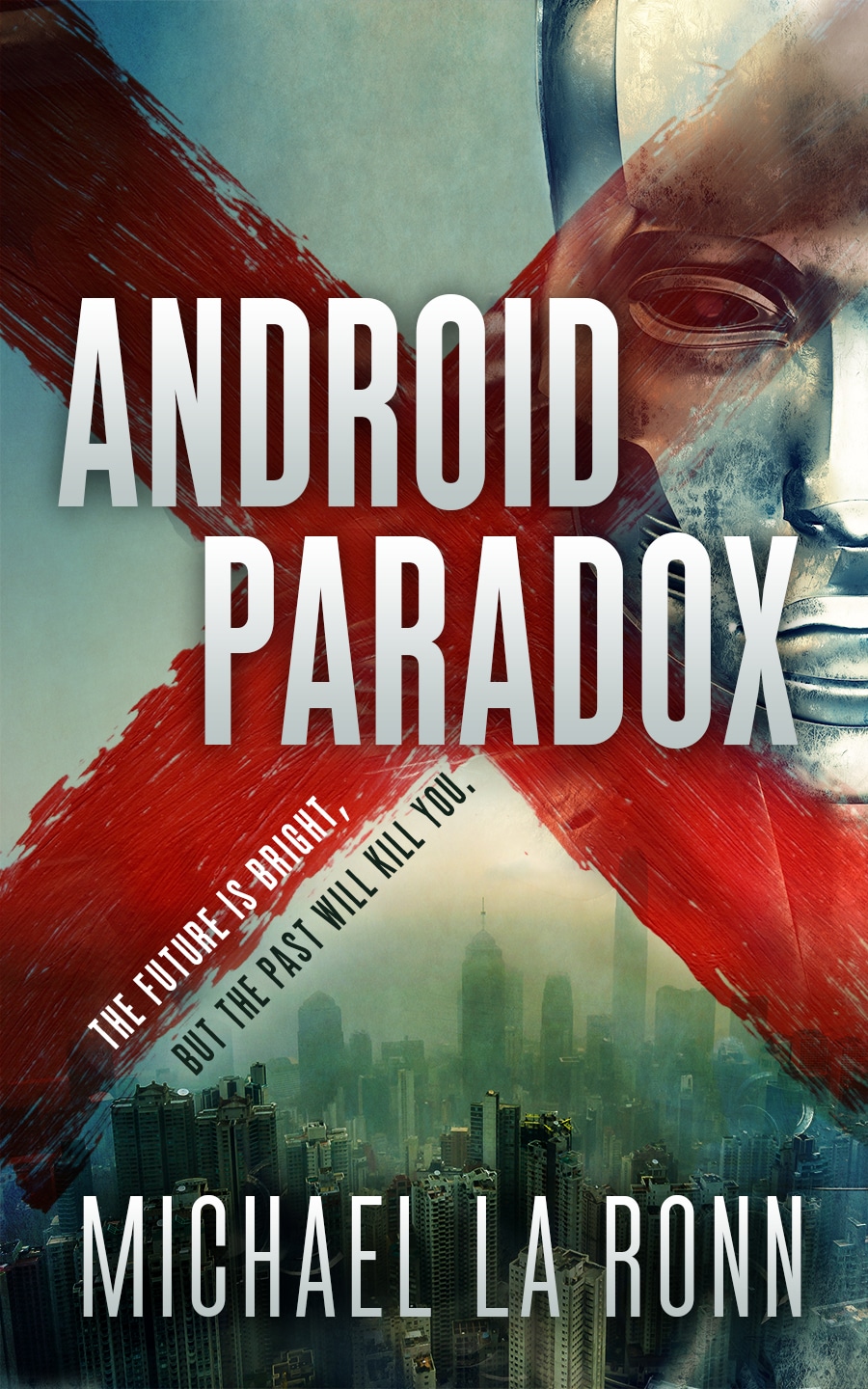
Color Scheme: Consider using a dramatic color contrast for science fiction book cover ideas. Find colors that match your subgenre of science fiction. Books that leave earth’s orbit (or involve aliens visiting us!) feature interstellar color palettes like The Last Girl Lotto. Books involving robotics have more chrome or steel gray on their covers. Meanwhile, data scientists can embrace the “blue screen of death,” and other tech-y colors.
Font Style: Don’t be afraid to have a unique font—there are no hard rules for science fiction! Your typography is a representation of your world. It can tell readers what the general state of things is at the being of the book. Eroded or faded fonts signal that your world is falling apart. Or a crisp clean typography could represent an authoritarian regime.
Imagery: In the faraway past, science fiction relied on symbolic or landscape art. Now the line between science fiction and fantasy is blurring. Images of characters and/or technology that showcase the unique aspects of your story are vital. Make sure readers know your book falls into the science fiction genre.
Romance
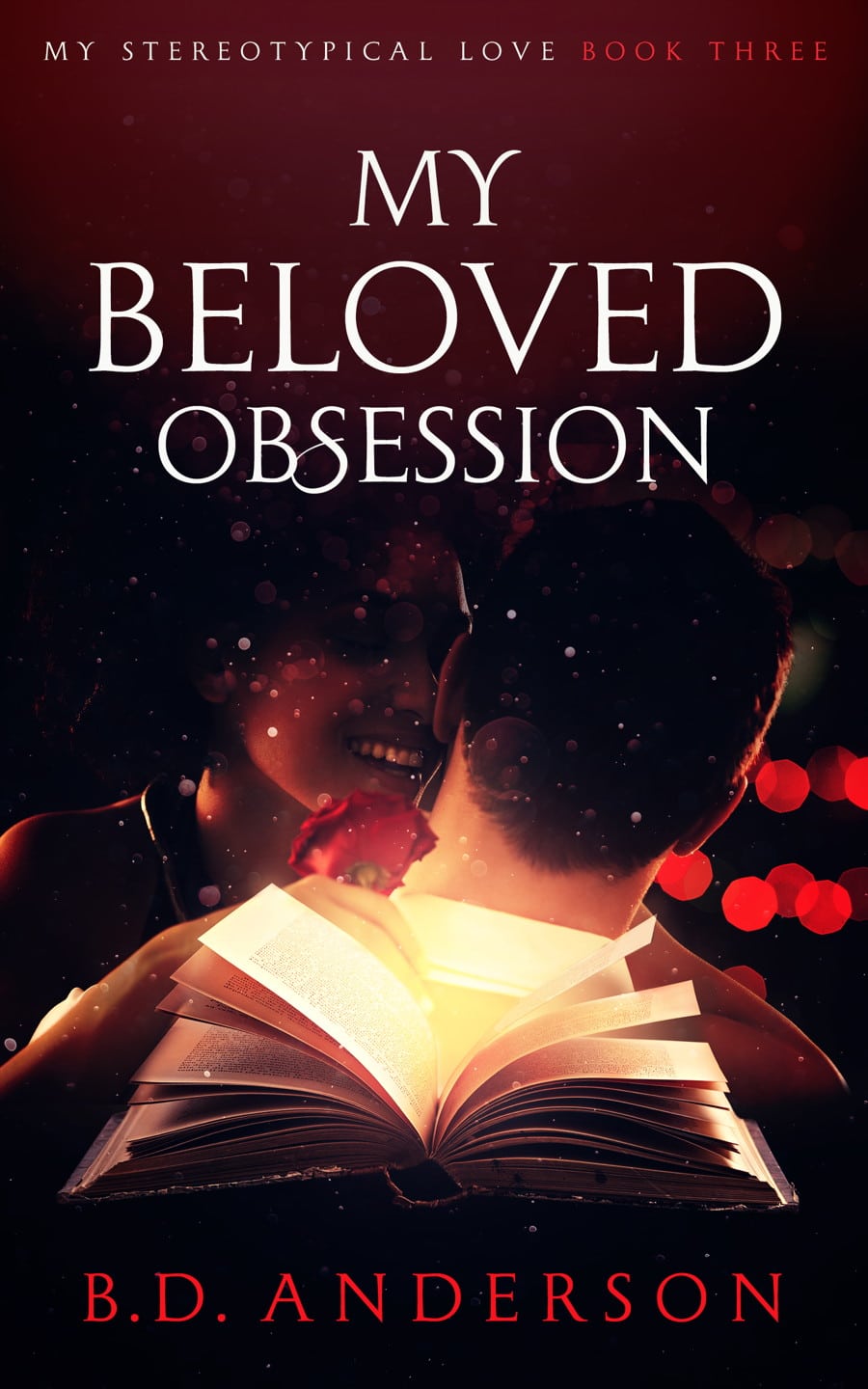
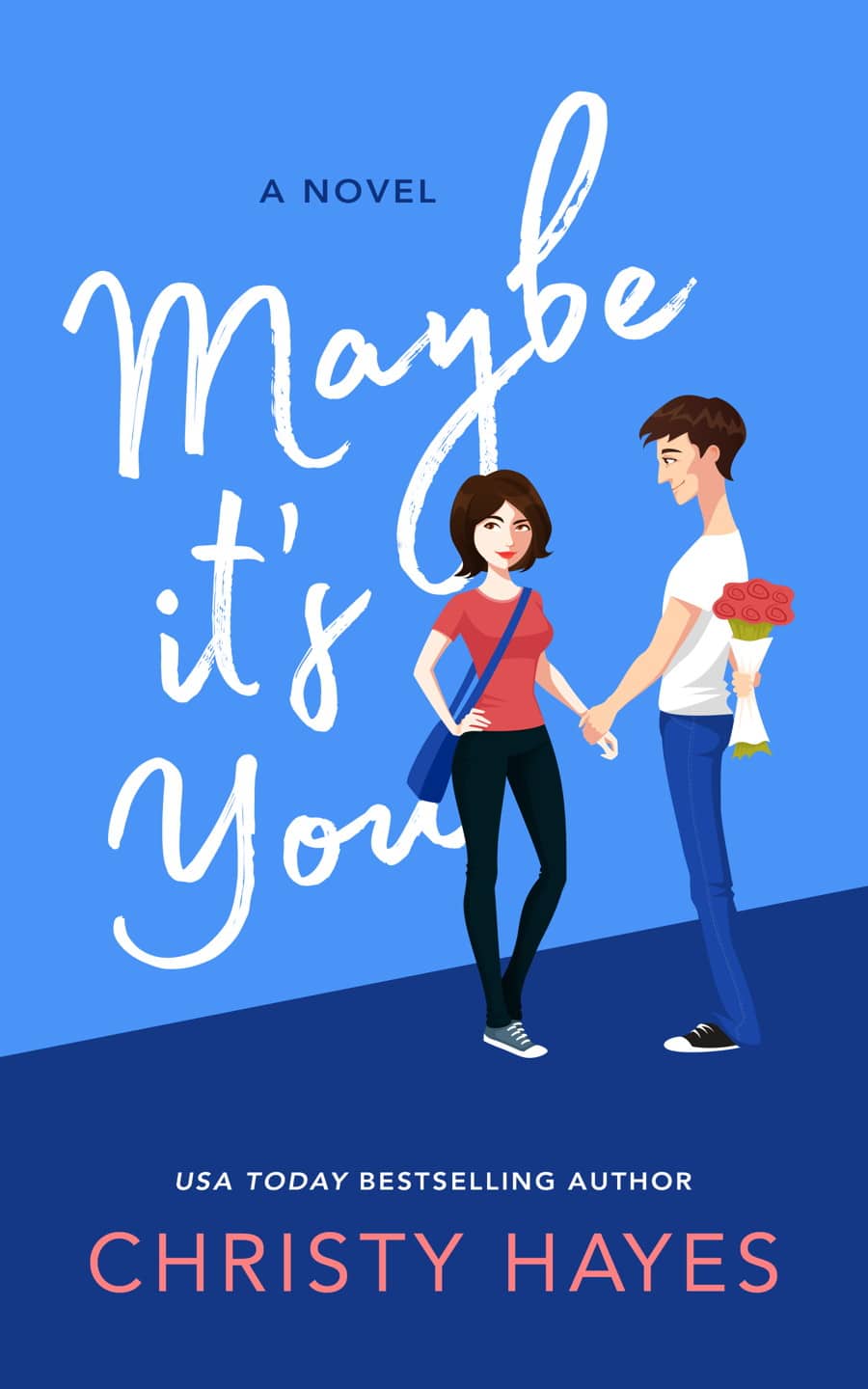
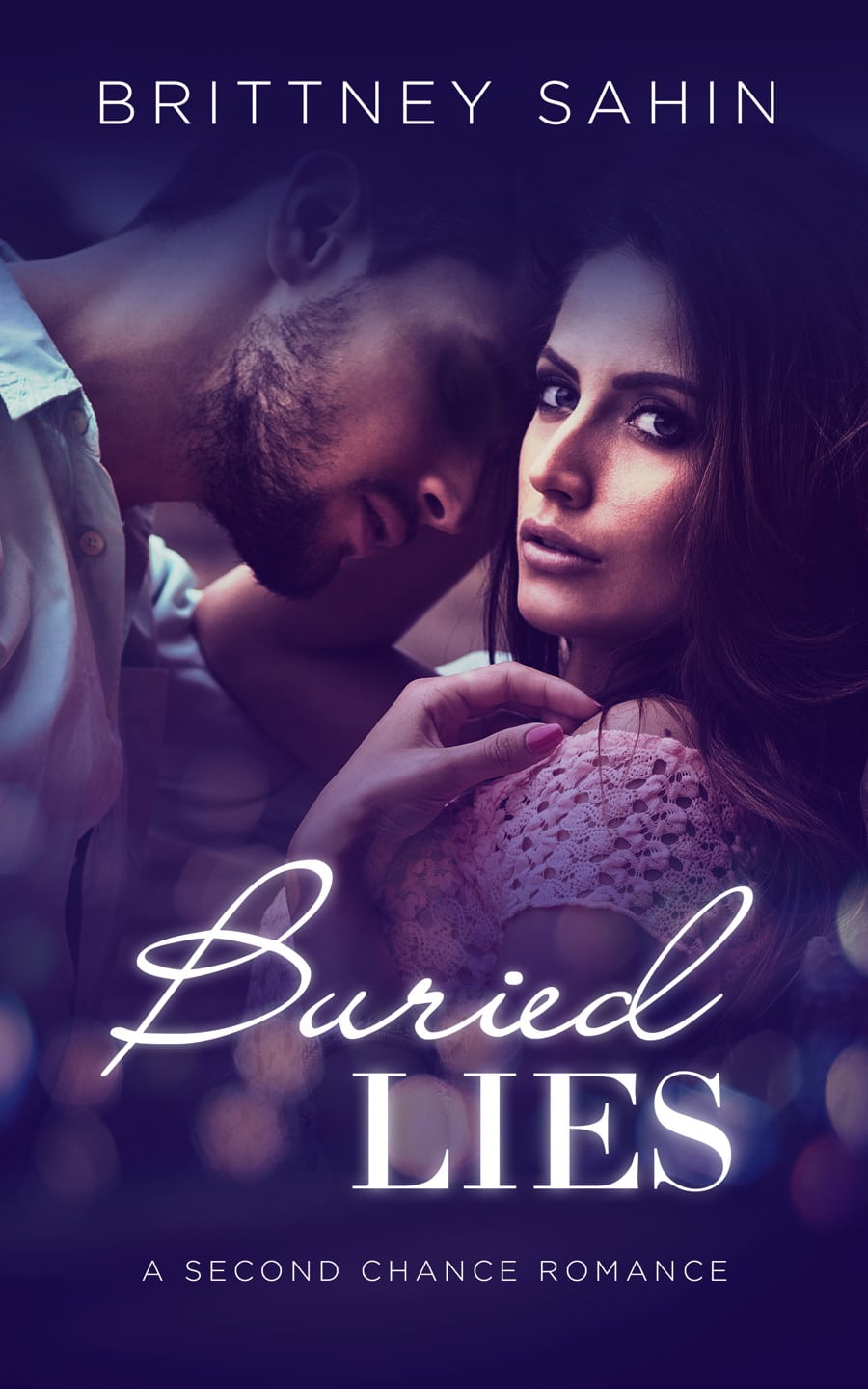
Color Scheme: You can’t go wrong with shades of red, black, pink, and white. But don’t feel boxed in by those colors. The romance genre is becoming more inclusive and expansive every day. According to psychology, color and emotion go hand in hand. Pick colors that match the mood of your story.
Font Style: It’s no surprise that romance novel typography is well, romantic! Lean into your romance subgenre to find the perfect fit. For example, a romantic comedy will have a cheesier, more relaxed font than a thriller. If your power duo is tackling some heavier themes like in Buried Lies, that should be clear in the title.
Imagery: Illustrated romance novels have taken over the book world; and 60% of romance novels sell online as ebooks. This means illustrations need to present well on phone and tablet screens. Feature your main character/s on the cover to build an instant connection with readers.
Check out our article, “30 Romance Novel Covers to Fall in Love with” to find more genre-specific book cover ideas.
Historical Fiction
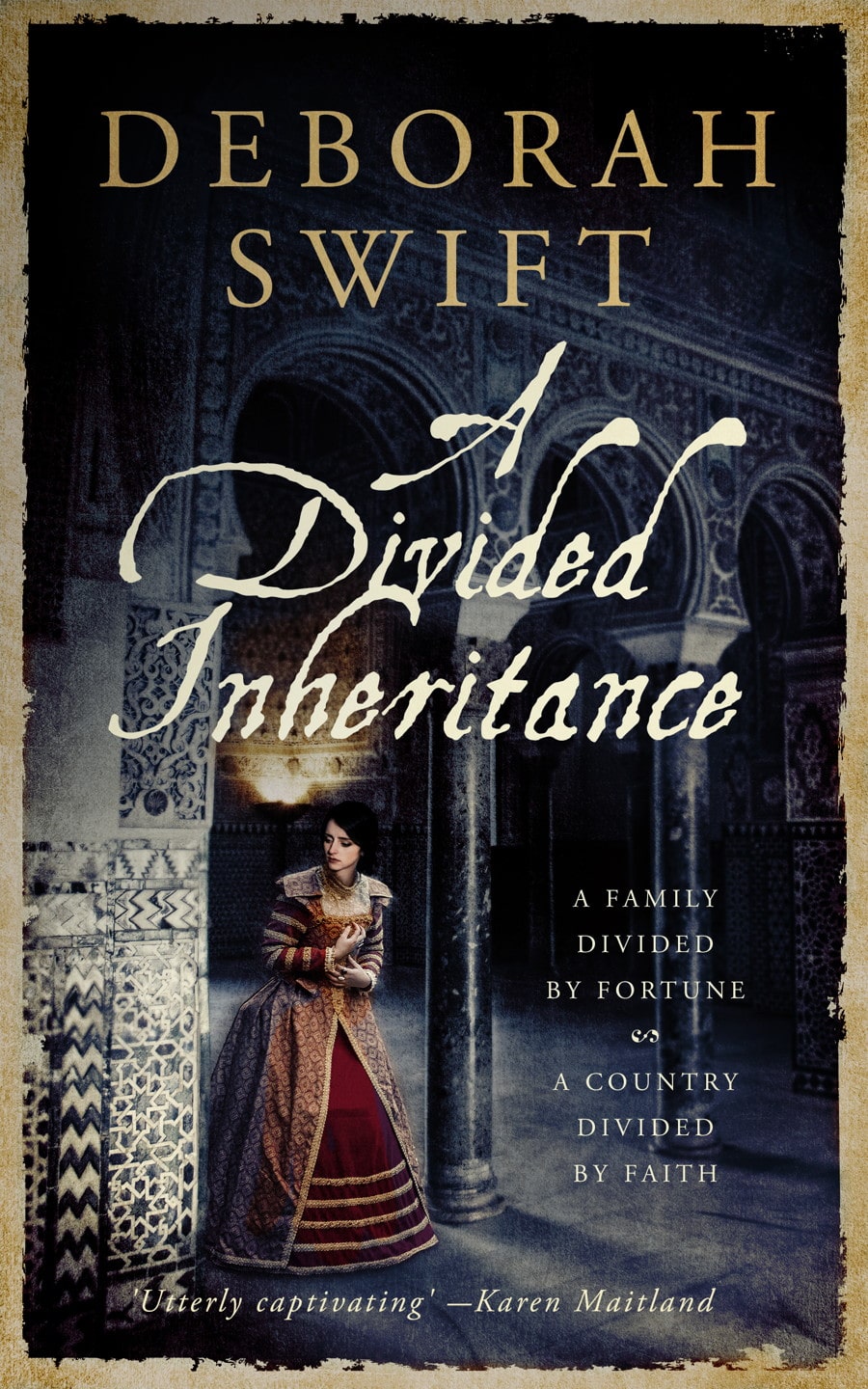
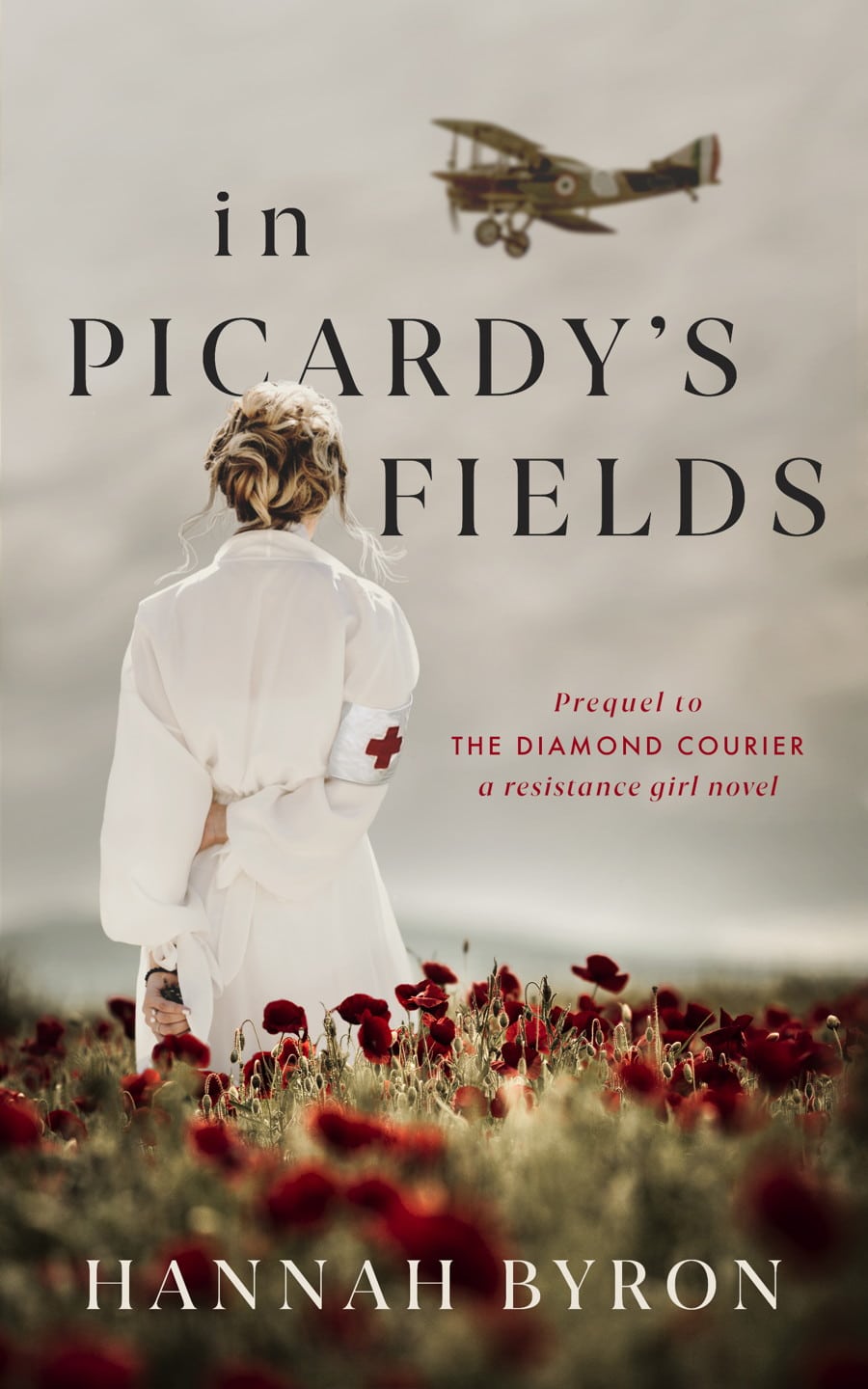
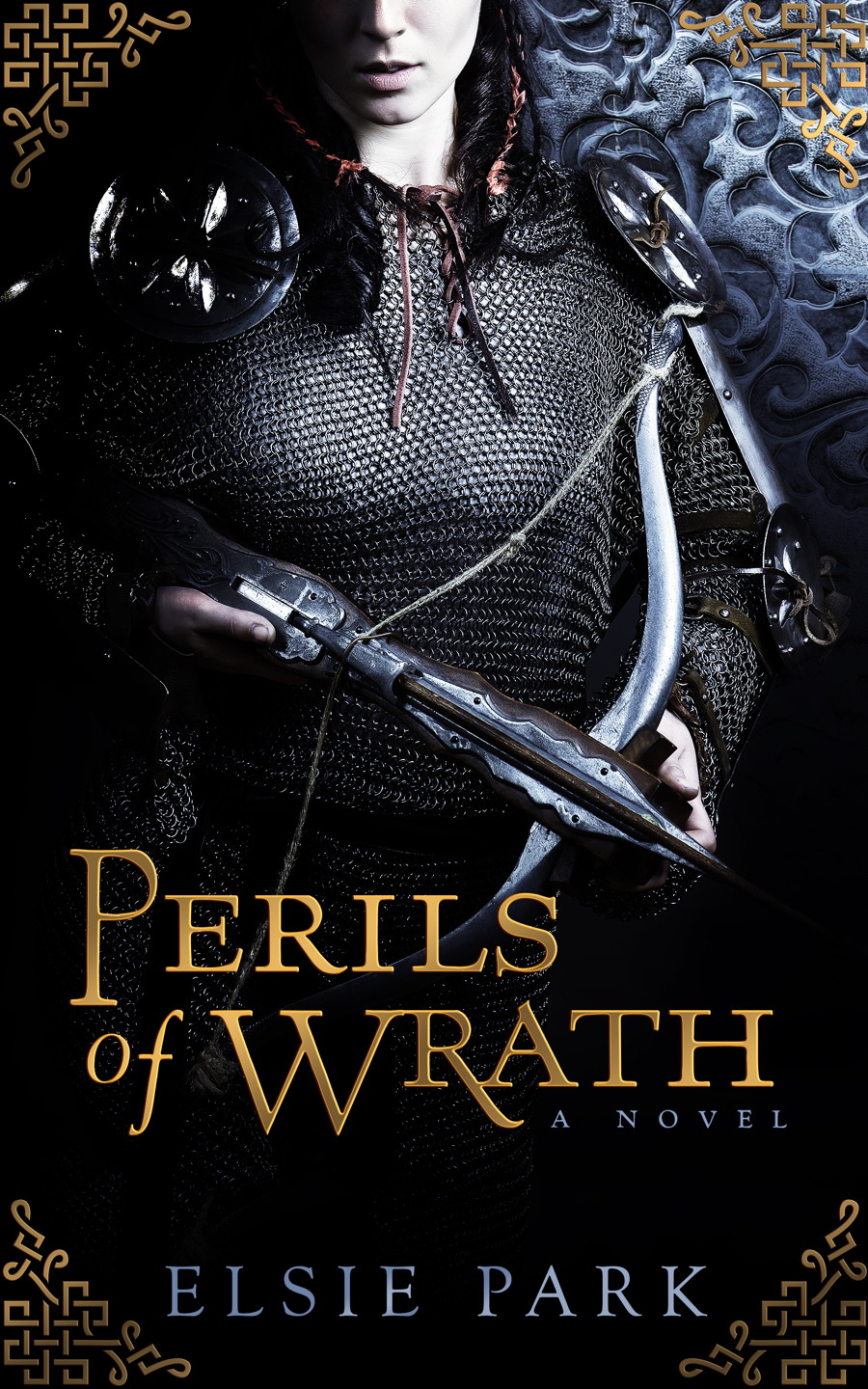
Color Scheme: You don’t have to have a gray-scale cover because you’re writing historical fiction. Pick a color scheme that is consistent with the time and place you are writing about, but make it pop. In Picardy’s Field is an excellent example of how a pop of color can change everything. Make your Victorian dresses bright and flashy. Armor can be shiny! But be careful, too many colors might signal magic instead of history. The line between historical fiction and fantasy isn’t exactly iron-clad.
Font Style: Typography can take many forms, as shown in the examples below. It comes down to time, location, and mood. Learn the trends for your specific subgenre to find the right typography.
Imagery: Historical fiction can occur anywhere in the world at any moment in our history. Help your target audience find your novel by including images they will recognize. As an exercise, write all the symbols and images that indicate your time period. If you’re writing about the women’s suffrage movement, consider including a banner or flag. If you’re writing about King Author, whip out some chain-mail.
Thrillers/Mysteries
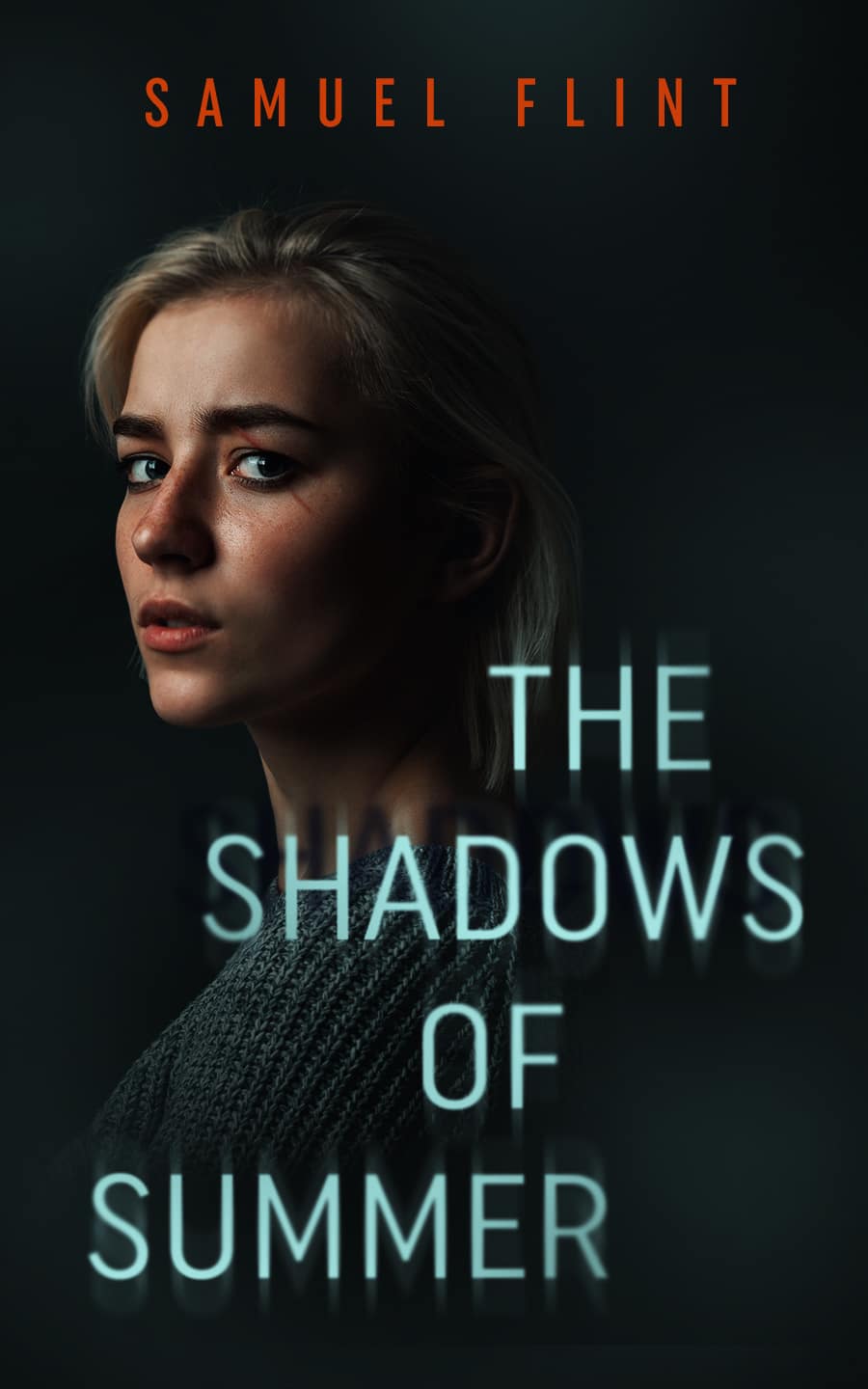


Color Scheme: According to a study by Book Ad Report, crime and mystery novels generate over 728.2 million dollars each year. This makes them the most lucrative genre behind romance. Dark foreboding color schemes dominate the thriller and mystery book markets. Colors from a central location in your book can be powerful.
Font Style: Successful typographies in this genre are clean and eye-catching. Imagine newspaper headlines, dark confessions, and even ransom notes as inspiration. Be careful that your font style doesn’t look too creepy—or you risk blending in with the horror category
Imagery: Imagery plays a monumental role in your final book cover idea. Thriller covers can be abstract like Three For A Girl. Or images can highlight a particular setting or character. The key here is to keep your cover design simple. Don’t overload your book cover with extra props or characters that will take away from the central image.
Horror
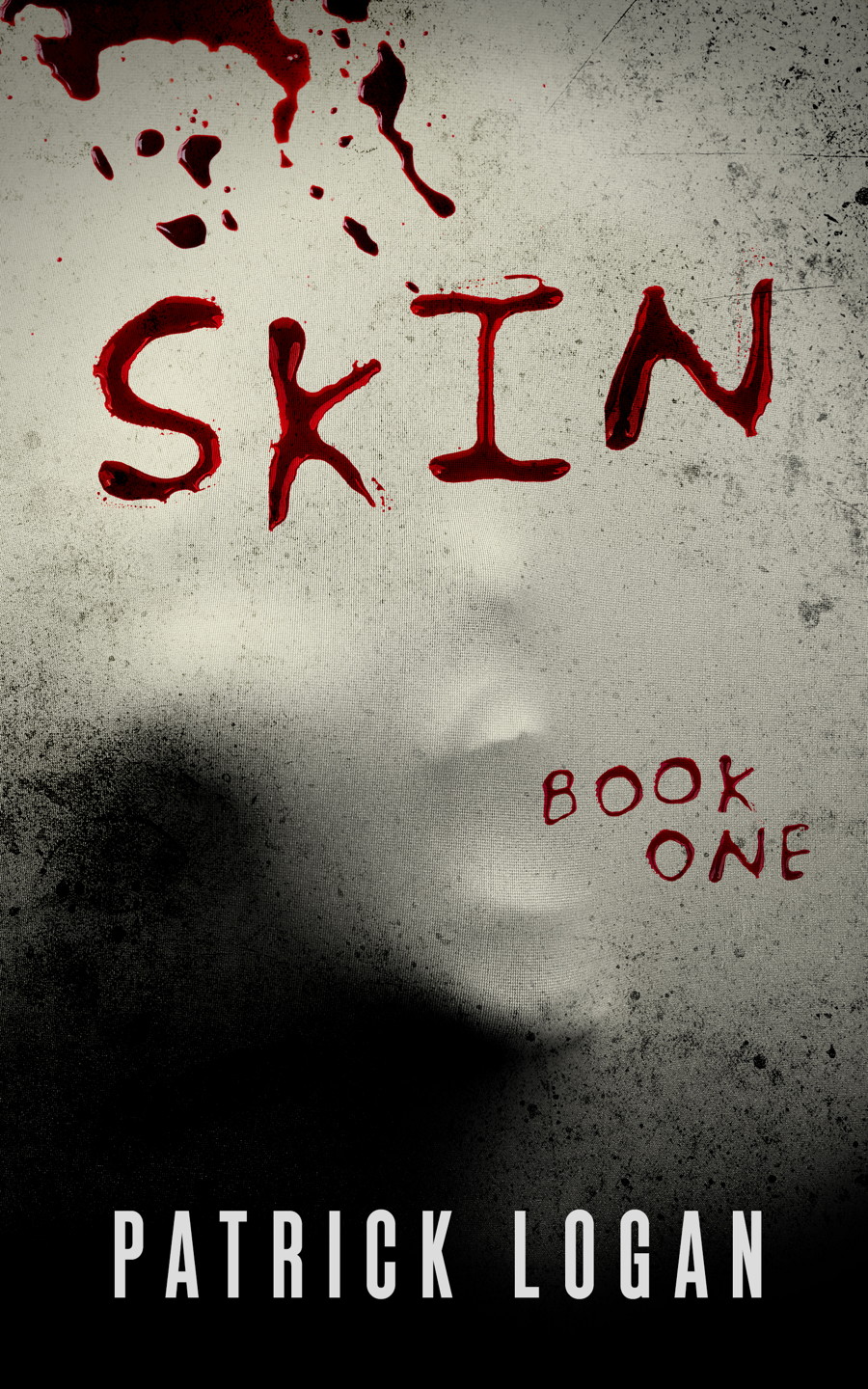
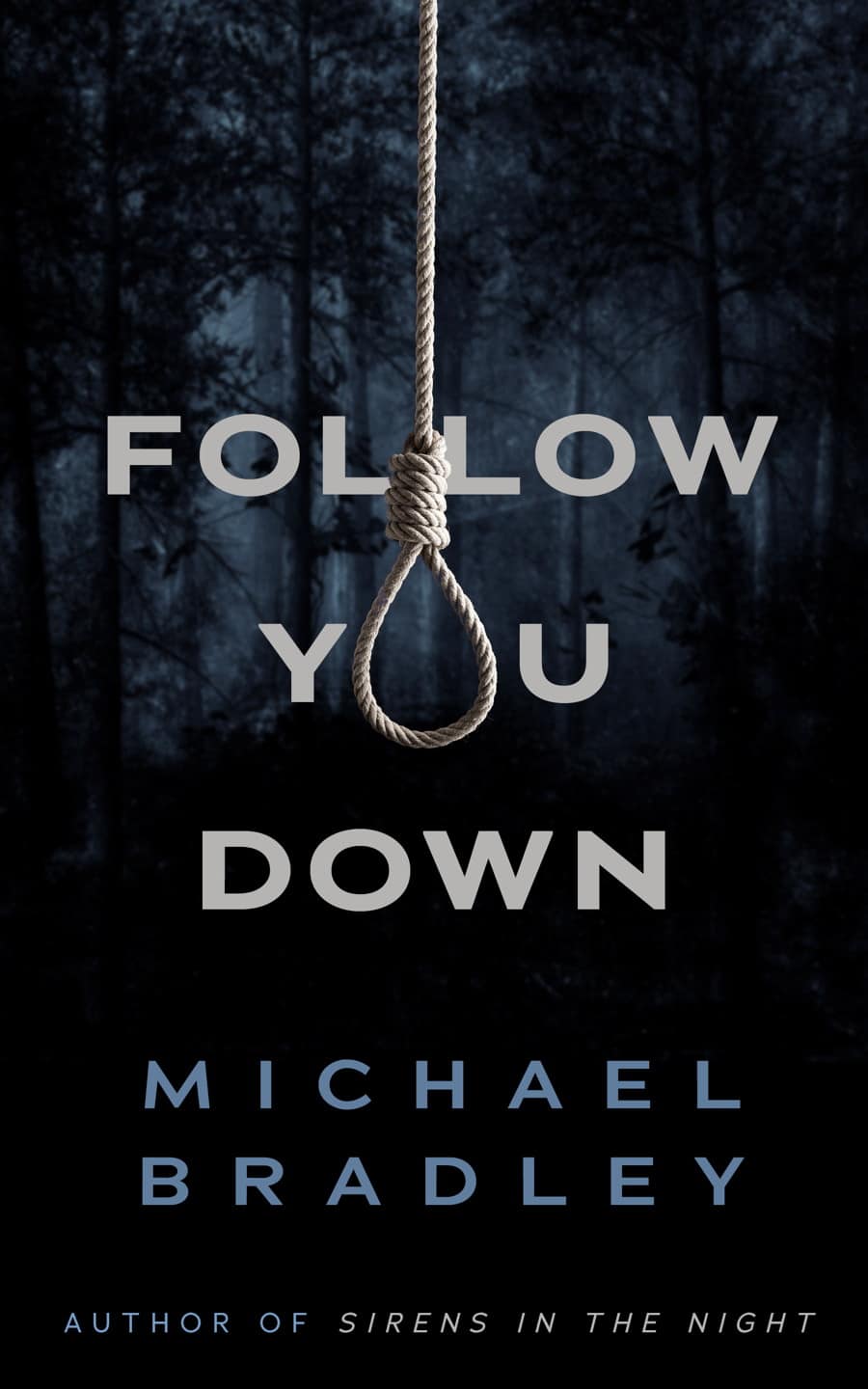
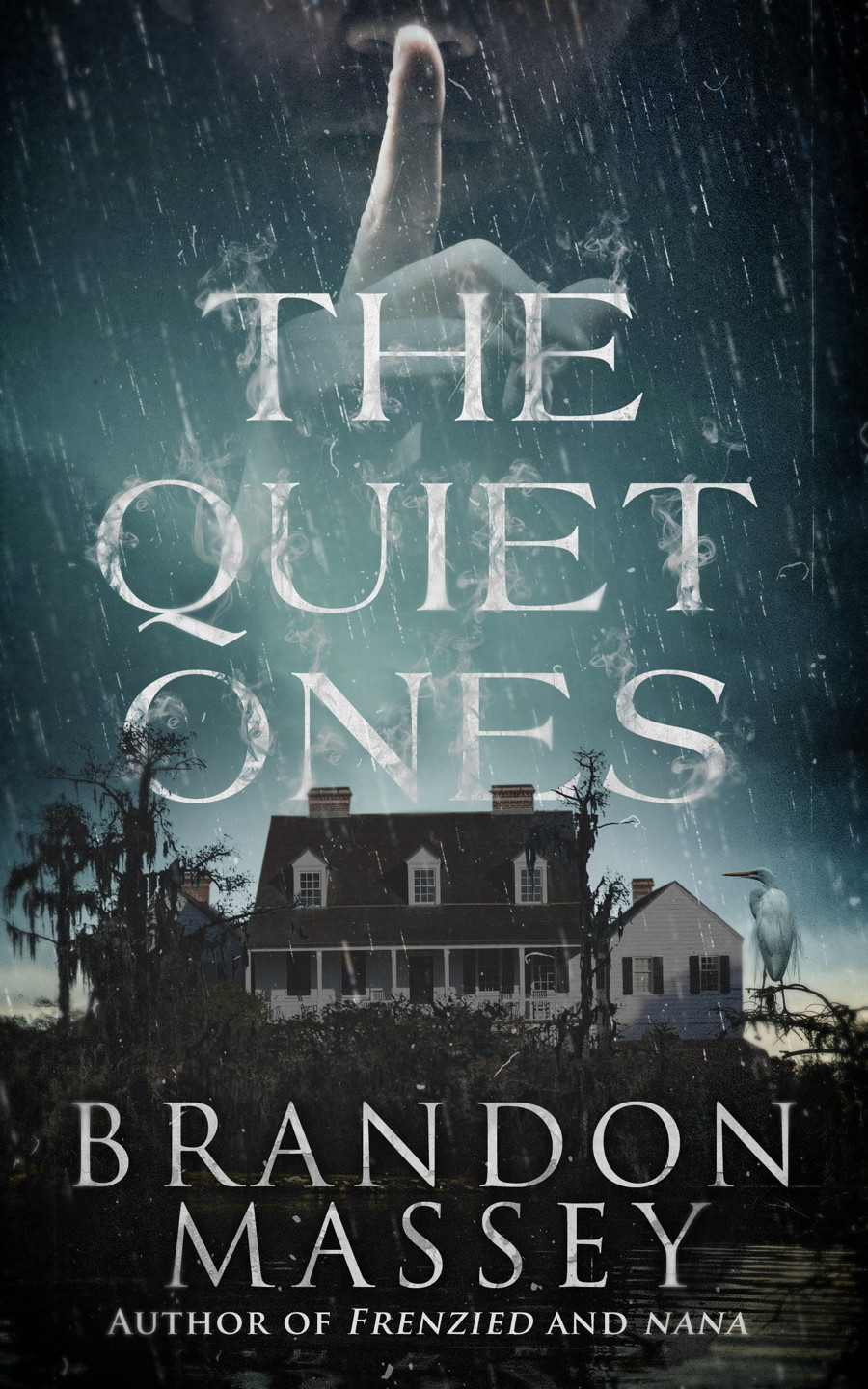
Color Scheme: Horrifying cover designs come in a variety of colors. Don’t overcomplicate things. Imagine getting lost in the scariest part of your book. What do you see? What colors are around you? Not everything needs to be pitch black—that kinda kills the mystery. But be smart about color to emphasize important details
Font Style: Your choice of font style depends on the point of view of your book. Novels written in the third person—or from the antagonist’s POV—have bolder fonts. Books written in the first or second person can experiment with unique styles like Skin. Using point of view to inspire your font style can showcase what power dynamics are at stake.
Imagery: We head down the rabbit hole into a world of dimly lit basements, stormy skies, and creepy haunted mansions. As tempting as it is to showcase your homemade monsters, it might not be the best move. Consider giving readers a visual teaser. Something to whet their appetite.
As a horror writer, suspense is everything; and the same is true for cover design. Create suspense on the front of your cover by taking key images out of focus. Blurry or uncentered images work well here. Try putting imagery at different angles and levels of clarity for different effects.
Children’s Fiction
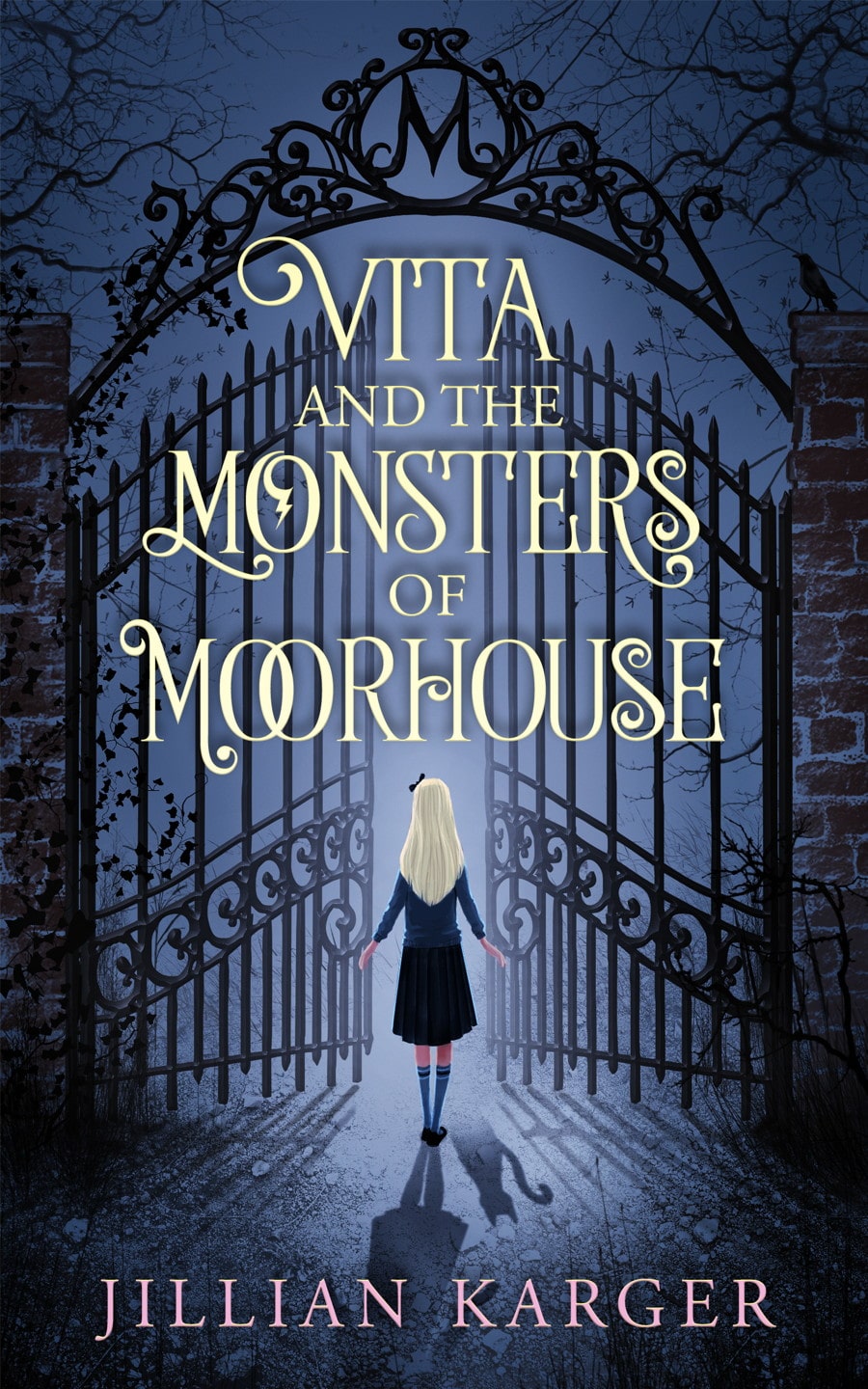
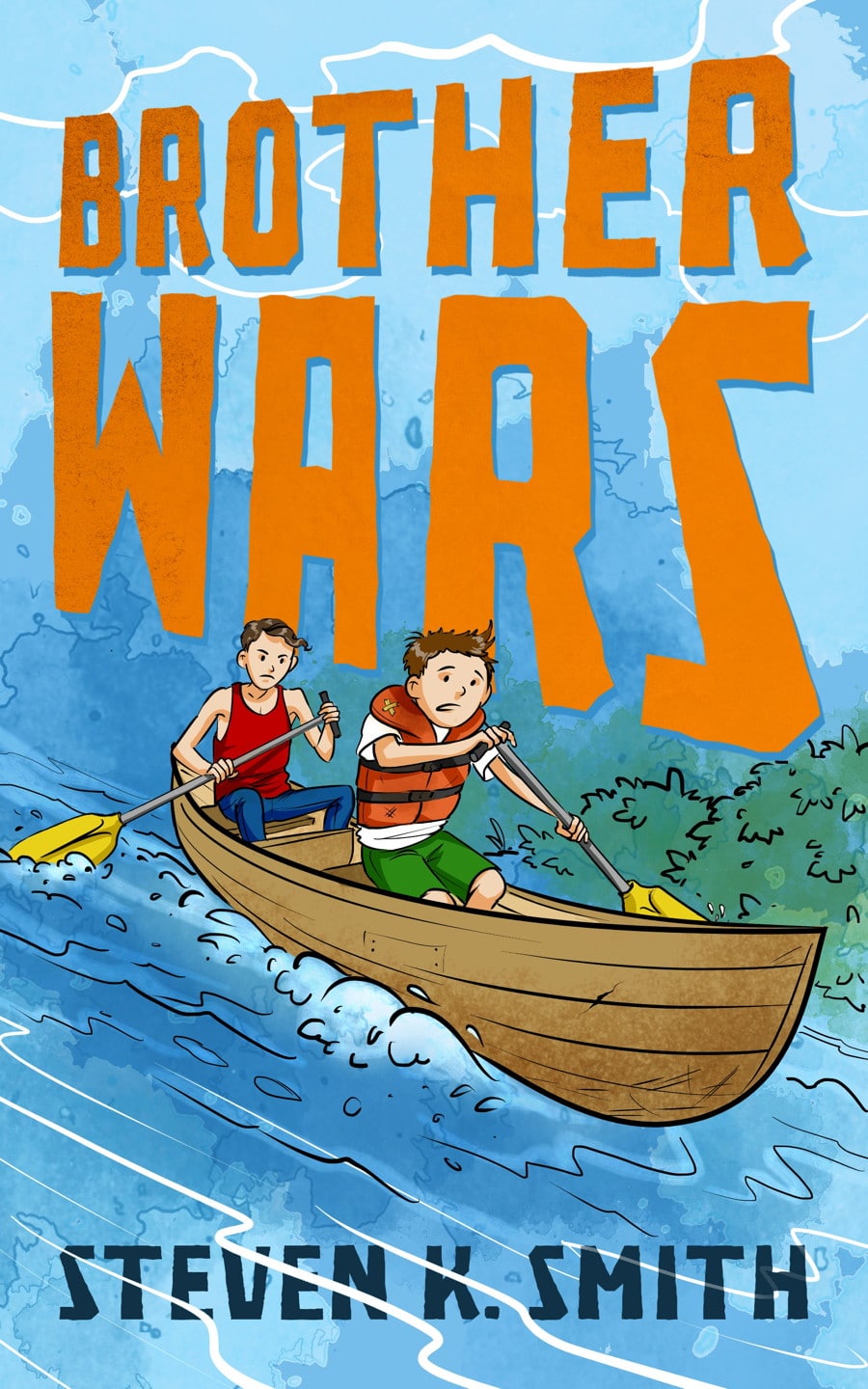
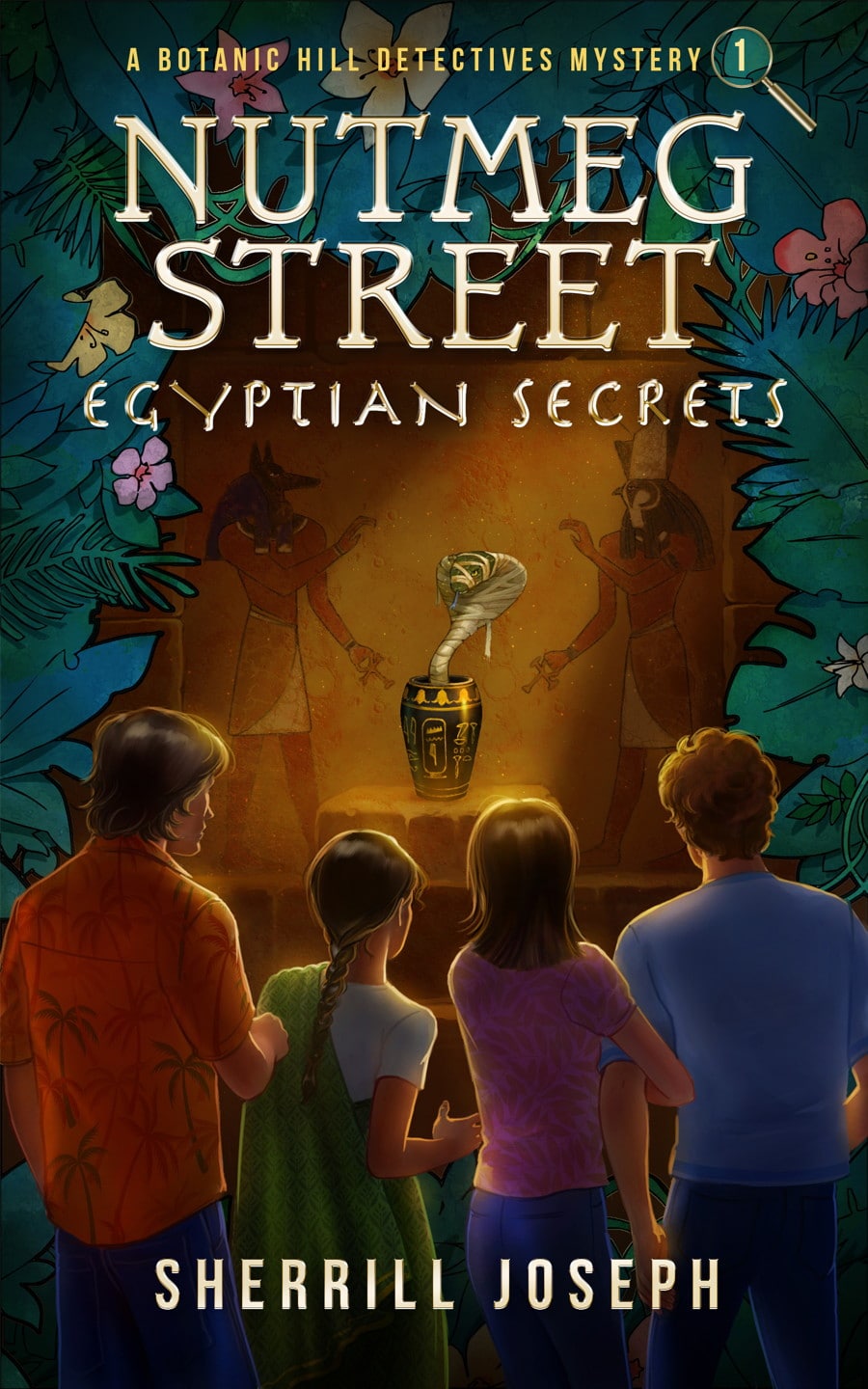
Color Scheme: Book cover ideas for children’s fiction are tricky. They need to appeal to kids and parents—two very different demographics. Kid lit encourages a wide variety of bright colors to catch young readers’ attention. Understanding the tone you want to set will go a long way in helping you find the right color scheme for your book.
Font Style: Have fun with your fonts. Make them fit inside your world. Nutmeg Street: Egyptian Secret is a great example of a font style that fits its source material. Your subgenre of children’s fiction is another factor to consider. Does your book have scary elements like Goosebumps? Or is it more magical than Harry Potter? Compare the fonts of other books in your subgenre to get a feel for what’s out there.
Imagery: Children’s literature revolves around coming-of-age adventures. Seeing visuals of the main character (or characters) makes your book feel relatable. Imagery should be appropriate for your target audience so kids and parents can easily decide if your book meets their needs.
Contemporary/Literary Fiction
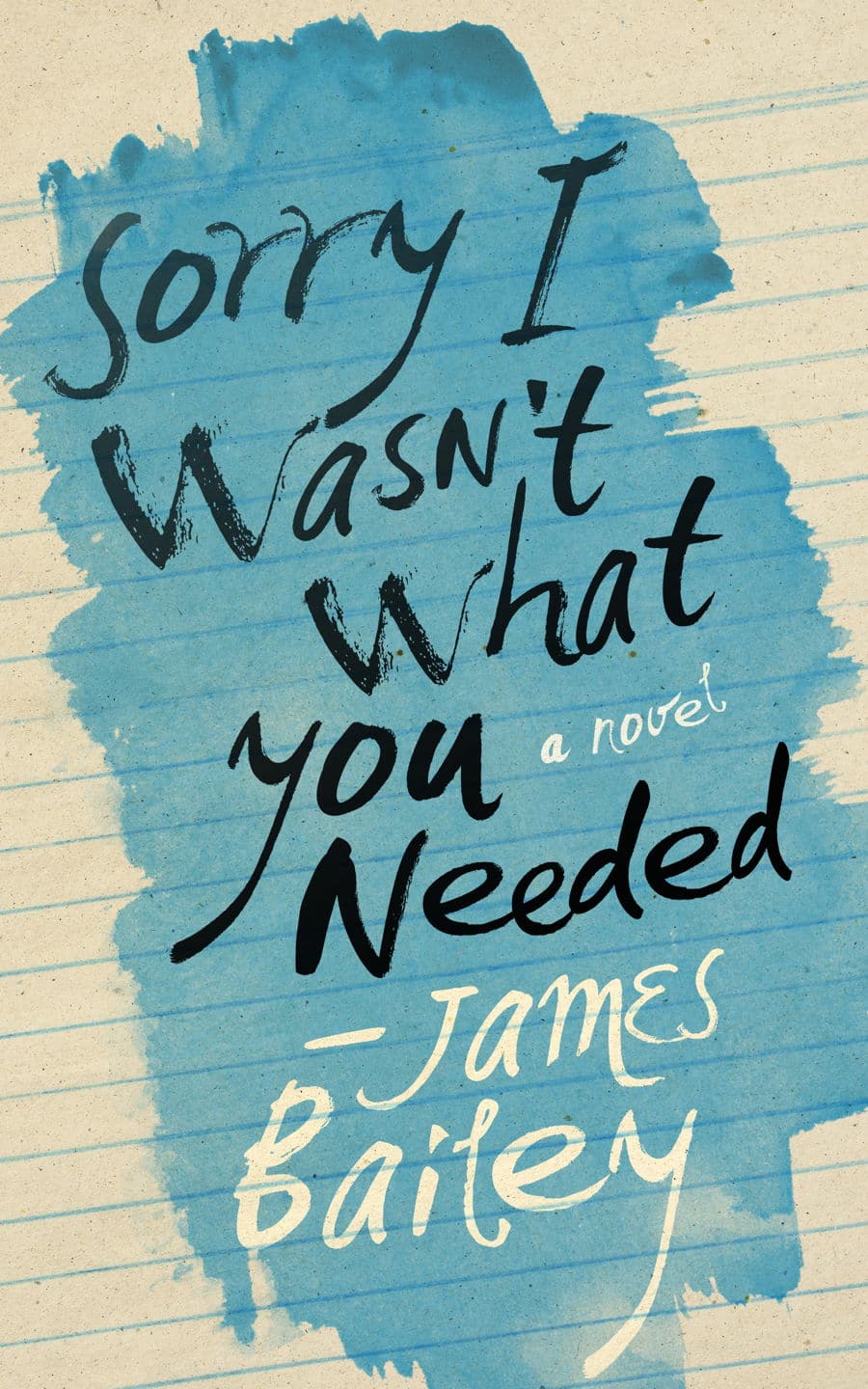

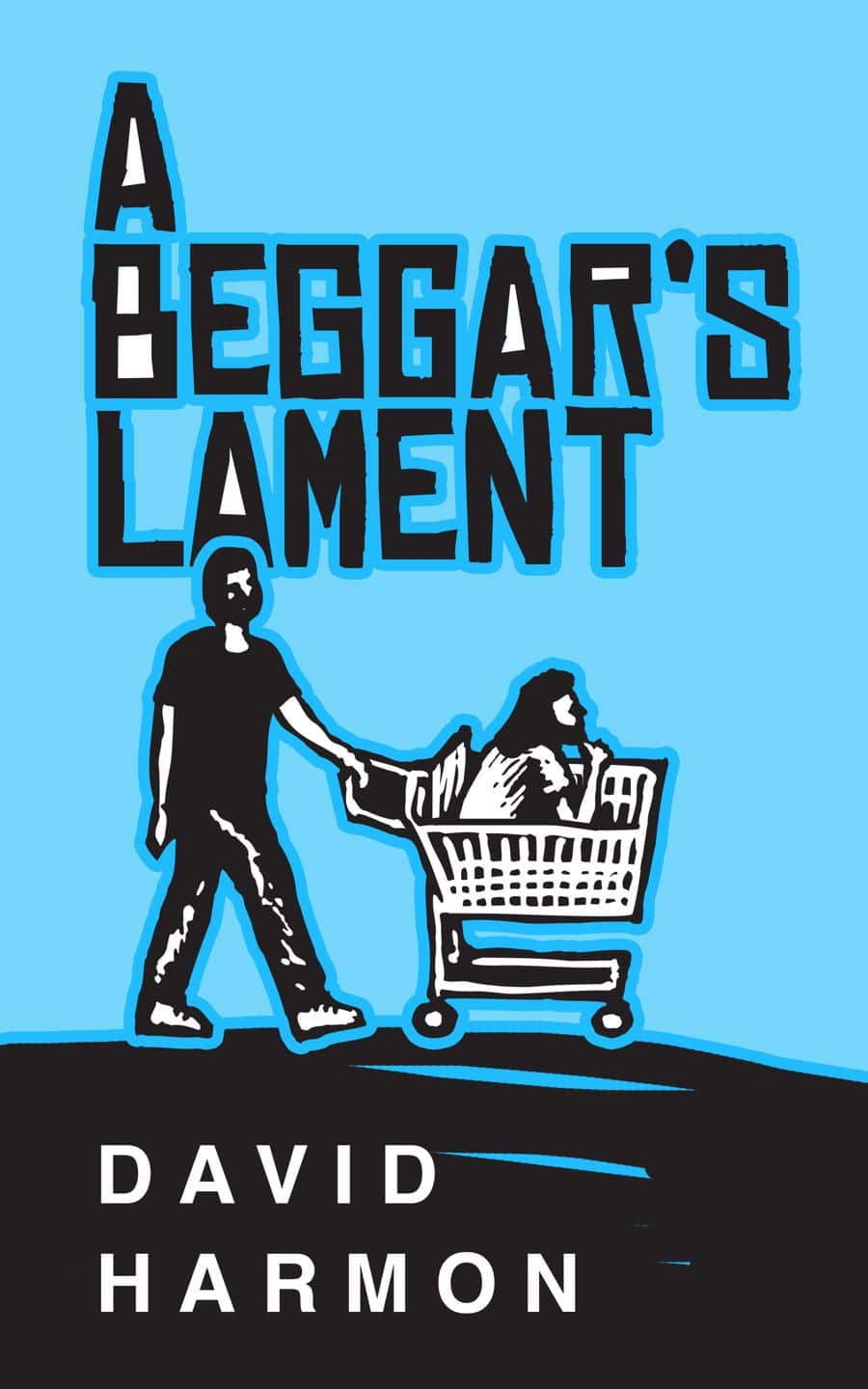
Color Scheme: Bright colors with strong contrasts create vivid cover designs. Before finalizing your book cover ideas, brush up on your color psychology. Use color to create an atmosphere that makes your prose sparkle on the page.
Font Style: Finding a font style that matches the voice of your story can feel daunting. The good news is you have hundreds of options—just don’t use wingdings. For most people, finding the perfect font will be a case of trial and error. Classy, timeless fonts are a good place to start.
Imagery: Contemporary book cover ideas can be spacious like Big Green Country or include lots of moving parts like A Beggar’s Lament. Imagery shouldn’t distract potential readers from the title and other text. Rather, it should set the stage. There are some cases like with Sorry I Wasn’t What You Needed where the book cover doesn’t need a central image. Ask yourself, what images would make the best-supporting players for your title?
Nonfiction

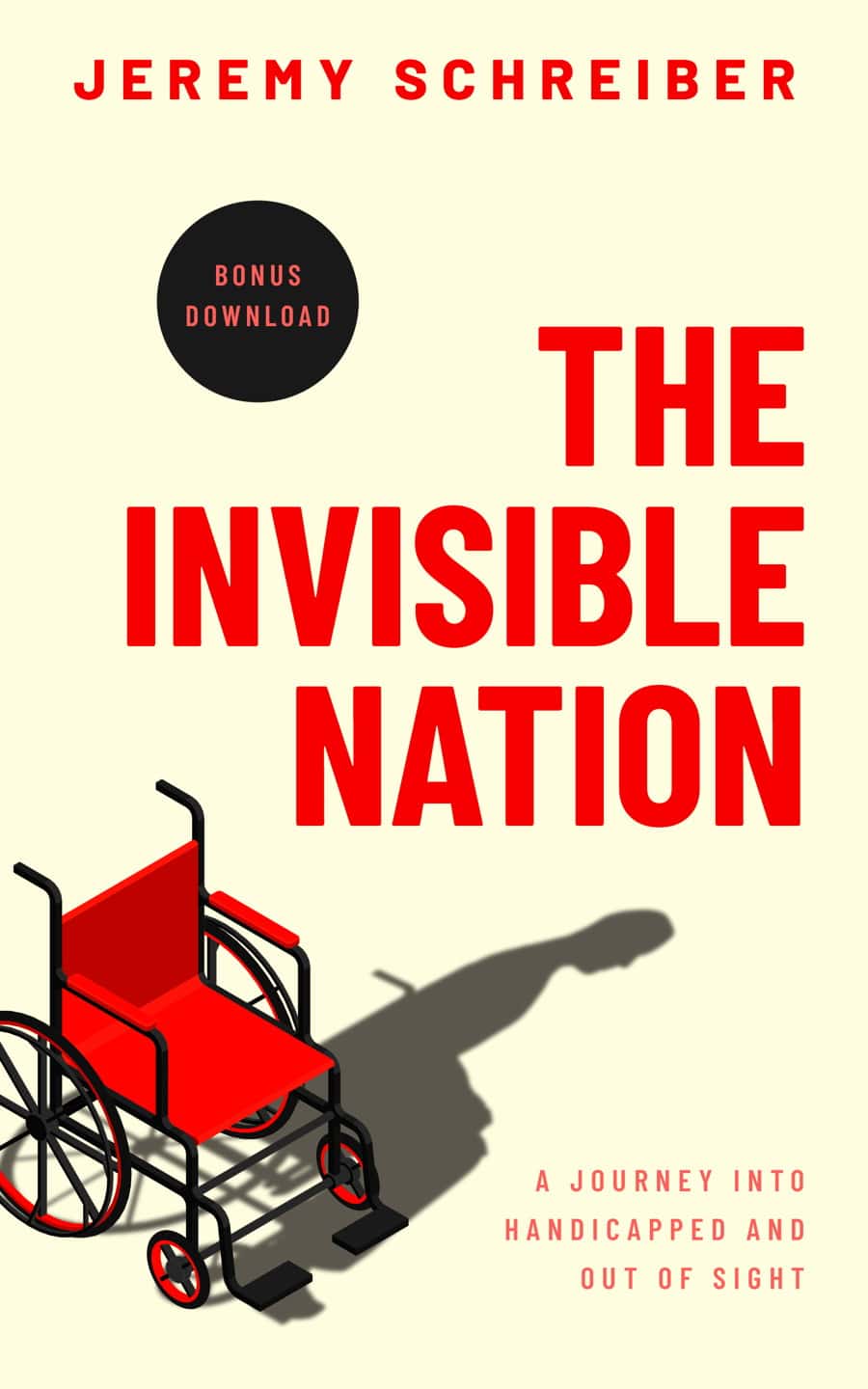

Color Scheme: Nonfiction books can have cool cover designs too! Memoirs often embrace more muted color schemes like I, Tarzan, Against All Odds. Other forms of nonfiction pull inspiration from real-world places, people, and things.
You can also use color to make a statement. For example, the bright red color on the cover of The Invisible Nation is impossible to ignore. It’s ironic given the title of the book.
Font Style: Since nonfiction books are born from lived experiences and/or research, you need an authoritative font style. That doesn’t mean that your font needs to be so abrasive that it screams and spits in your reader’s face. Shrink down bolder fonts so they don’t commandeer the page. Skinny and italicized styles are another option to explore.
Imagery: There are three main types of nonfiction design: photography, symbolic imagery, and abstract design. Photos can boost an author’s credibility. Symbolic imagery is direct and thus, the fastest way to send a message. While abstract designs are more of a slow burn, something that needs deciphering. Book cover ideas can also mix and match these types of imagery.
In Summary
Each year at least 500,000 books are published. And that number is skyrocketing, since more authors want to self-publish or publish in a digital format.
If you’re anything like me, you probably read that statement and thought, “Geez, my book is going to get buried alive.” But that’s why cover design matters. It gives your book a fighting chance in a crazy, crowded market. Use those other 499,999 titles to inspire you.
Remember the five steps we talked about for coming up with killer book cover ideas:
- Start collecting inspiration and save it!
- Talk it out, decide what’s most important.
- Look at social media to find out what’s successful from a marketing perspective.
- Go book shopping to see what people are buying.
- Explore design options and businesses to find the right model for you.
Hopefully, you found these steps and our examples to be helpful. For more examples, check out our other articles in the links below or view our portfolio.
Quick note: The team here at Ebook Launch created several of the book covers featured in this article. If you like them, or want to talk to a designer, please reach out! We love helping authors create unique, impactful cover designs.

